Copyright © 2025 Motivate Media Group. All rights reserved.
How to transform a living space for the 2020s
The latest sofas are focusing on sustainability and saving space just as much as style.
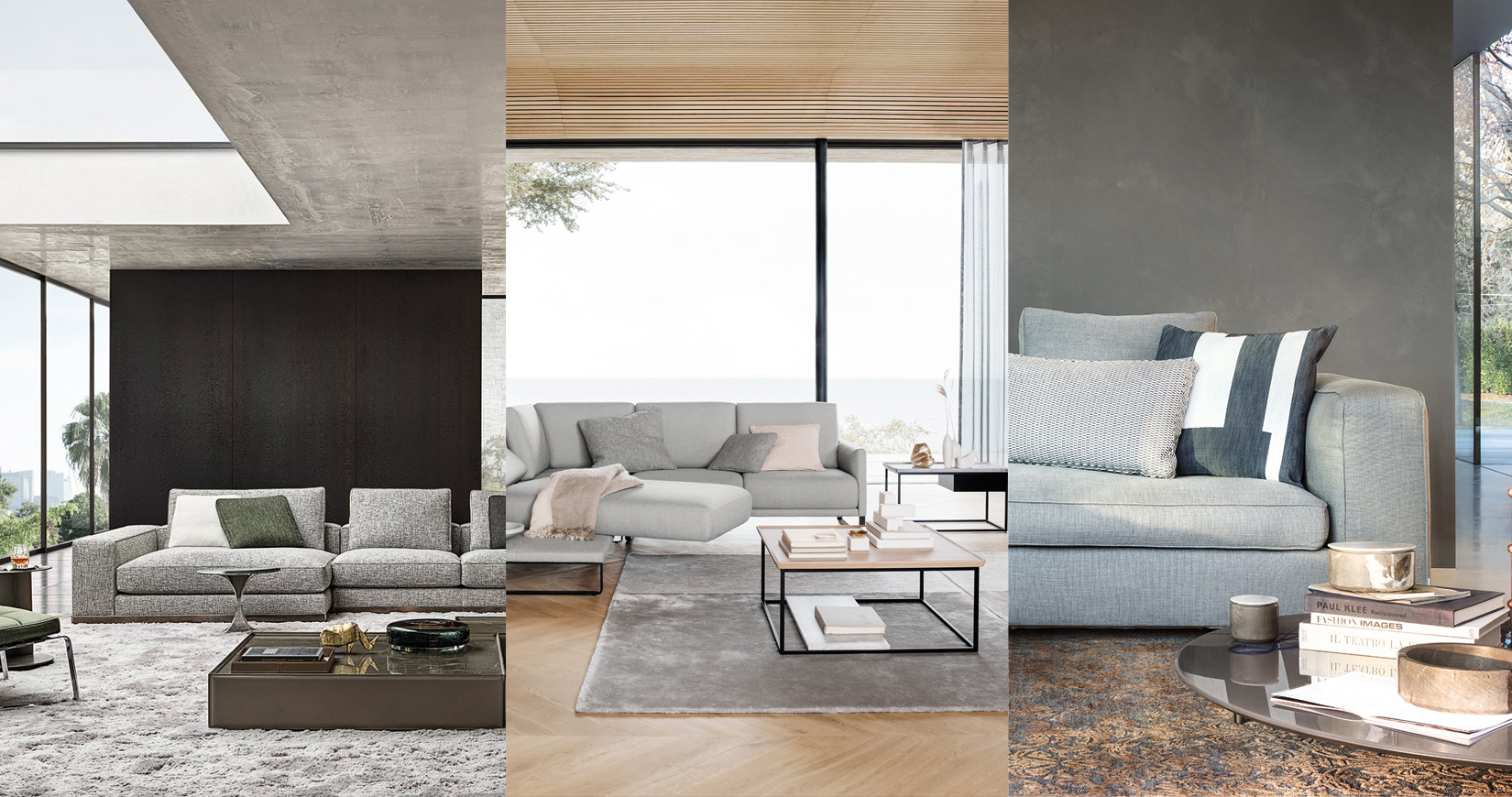
The easiest way to transform a living space? Update the sofa, which has always reflected consumer and society trends. For example, deep-seated sofas are perhaps the result of the rise of a ‘binge-watch’ culture. They, therefore, prioritise comfort and offer cushion depths of up to 100 centimetres.
In recent years, developing a personal style became a priority. Now, with sustainability in mind, consumers are thinking more long-term than previously.
Seating systems and furniture are alternating between curves and straight lines. They offer unexpected combinations, manifested in soothing and relaxed living room designs.
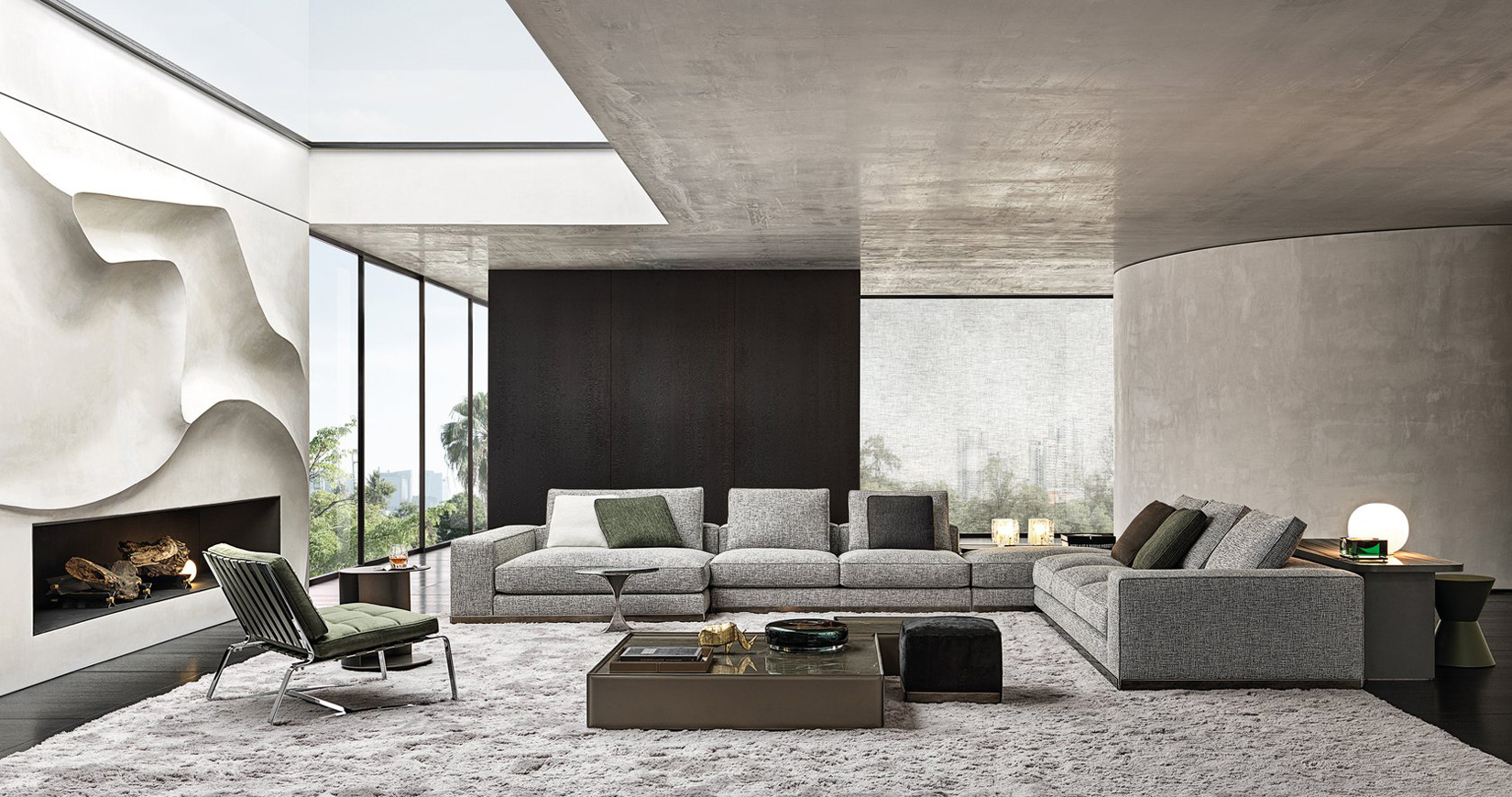
West from Minotti
Art Deco-style brass sofa bases are being replaced by wooden-based iterations. They are more versatile to work with and less restrictive in style. Rodolfo Dordoni’s West design for Minotti can be used in a wide range of different contemporary and traditional arrangements. Every element of the seating system is made with goose down padding to ensure maximum comfort. It also features cushions finished with piping and a distinctive aluminium strip.
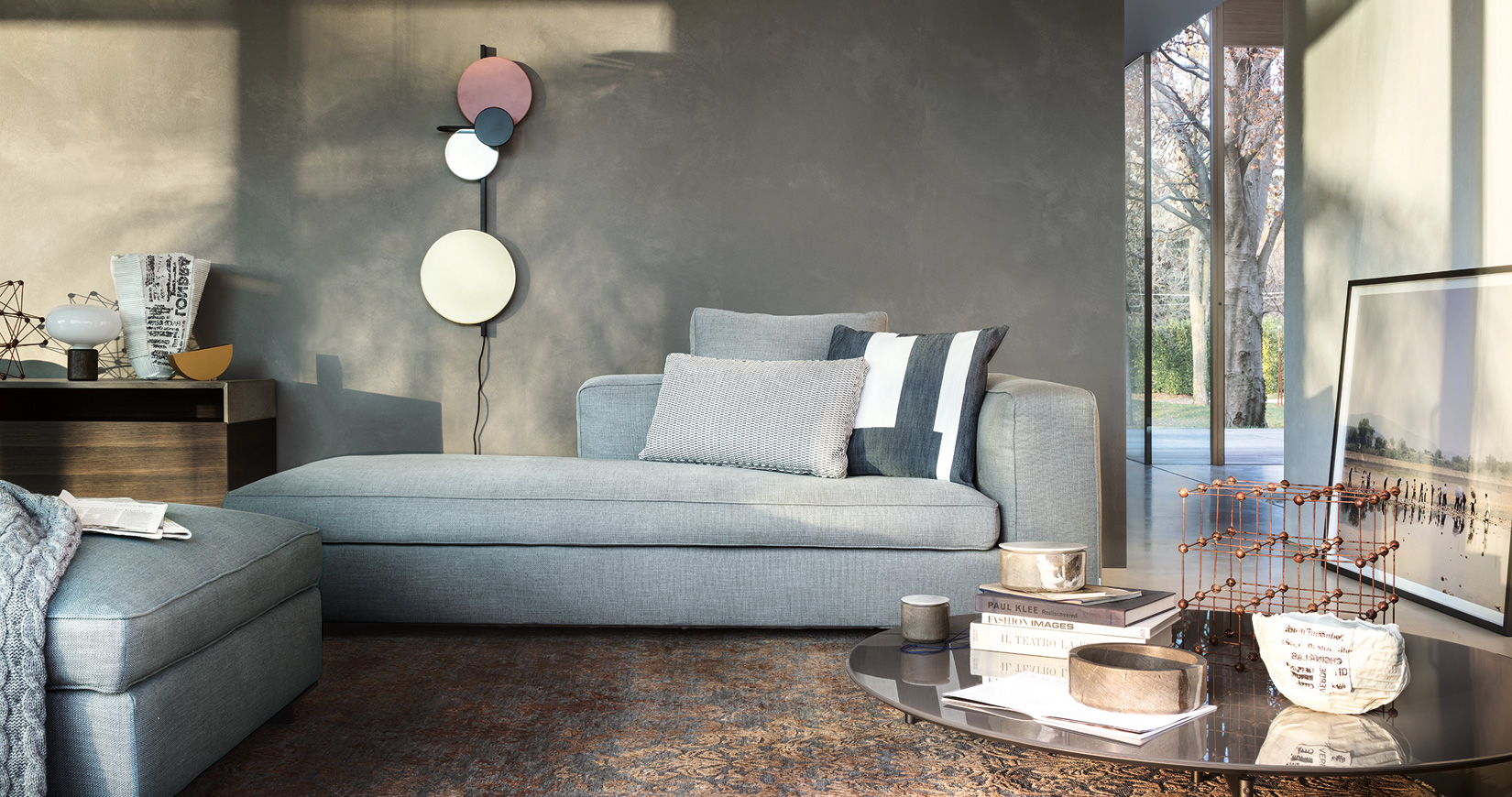
Snap by Francesco Rota for Lema
The modular Snap sofa by Francesco Rota for Lema stands out thanks to its an asymmetrical end and ultra-modern proportions. Its back panel has been designed as a cushion, and with extra feathery upholstery. Its additional chaise longue, pouf and seats allows homeowners to adapt its usage.
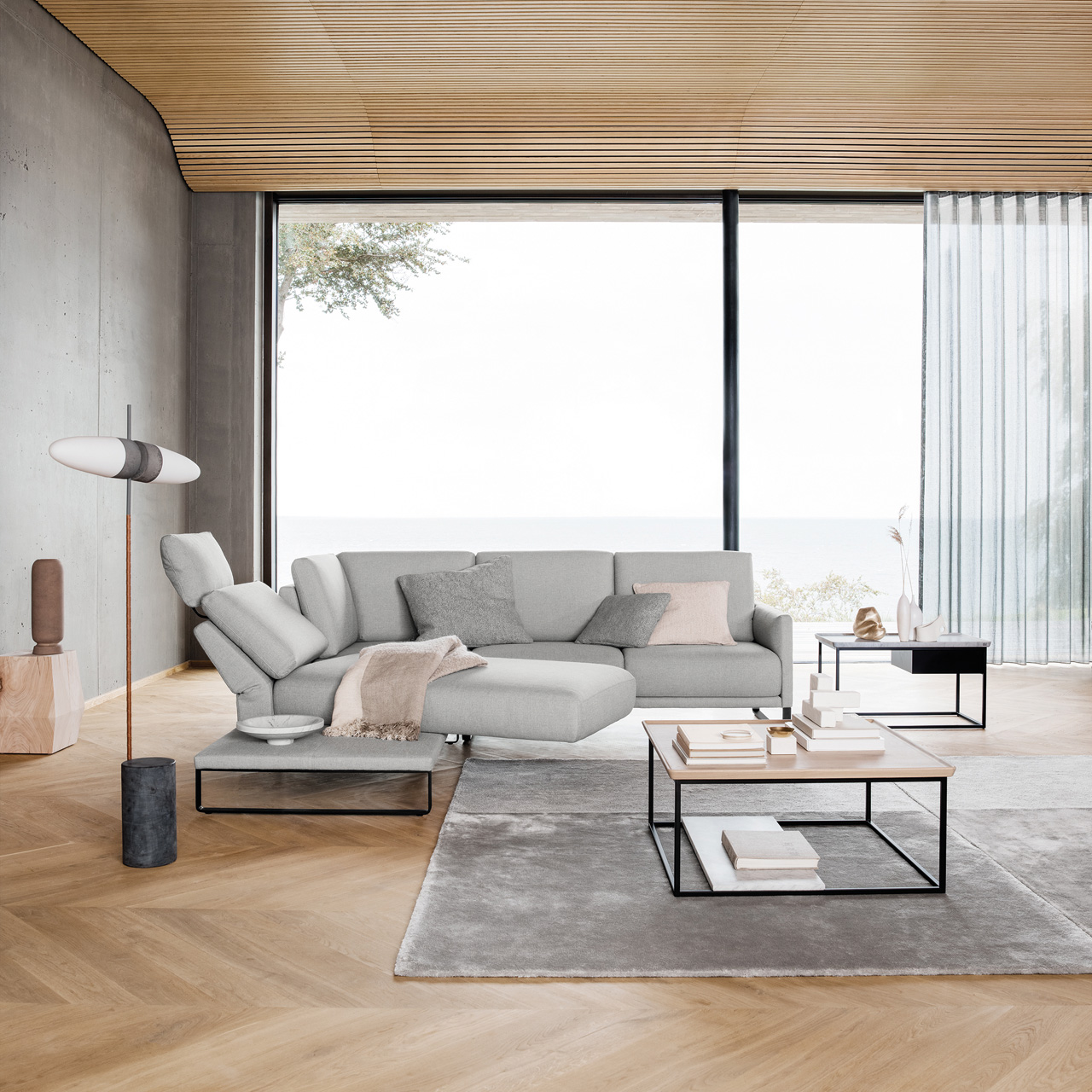
Cara from Rolf Benz
Also customisable is Rolf Benz’s Cara system, which was introduced exactly five years ago. Cara is suitable for different room sizes and has impressive space-saving dimensions and classic ergonomics.
La Cividina’s Waves is a collection of poufs inspired by the sea and soft, gentle ripples running across water. These natural forms take on an artistic character, with winding lines and rich colours of landscapes and flowers. Waves poufs can be used individually, but they really come into their own in compositions. The modular items are available in a range of different shapes and sizes, including some with small backrests. They can be joined together as part of an original interior design scheme for waiting rooms and exhibition venues. There is a magnet hidden inside the structure of each pouf, so a number of the items can be joined together.
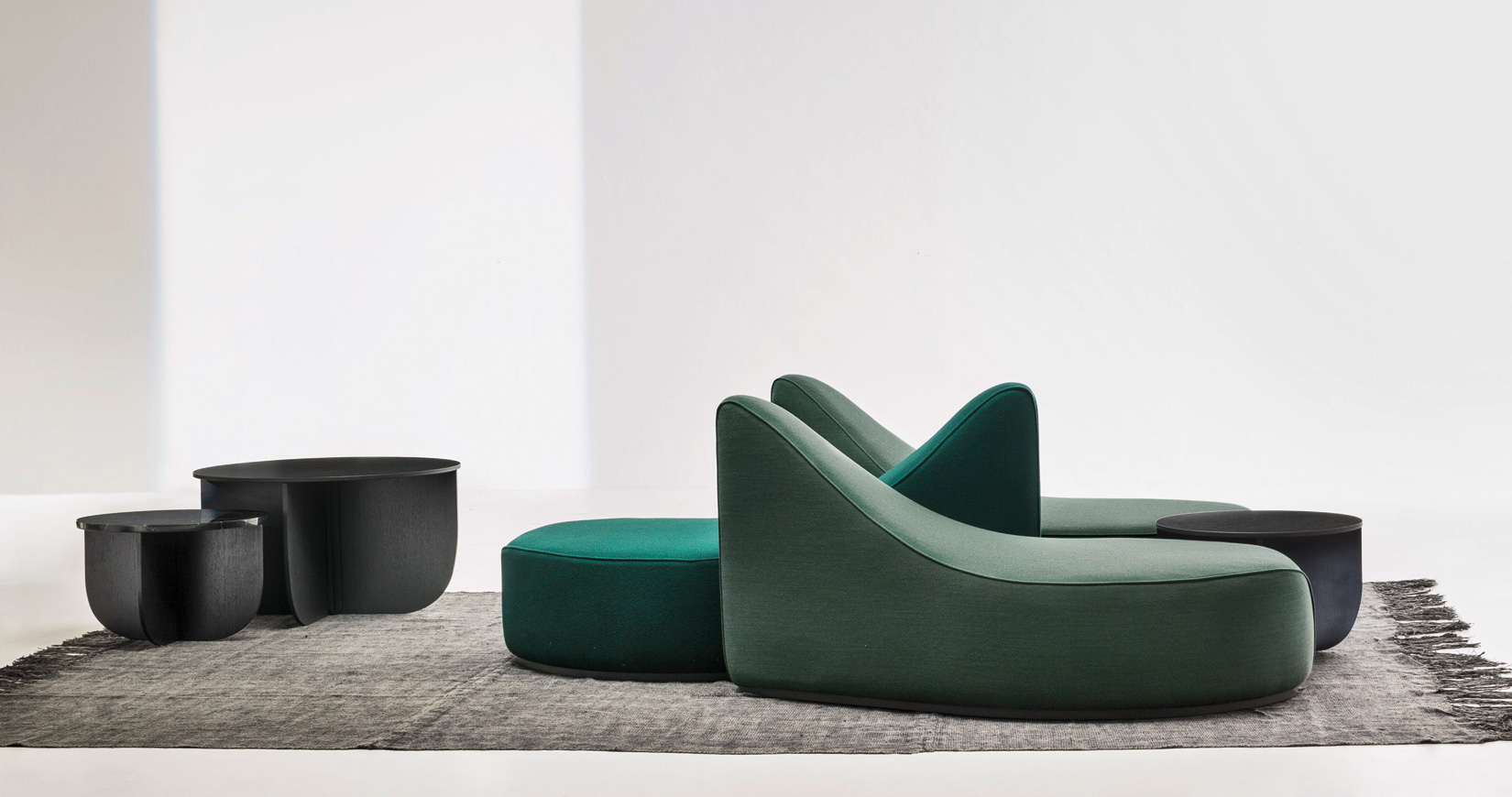
Waves from La Cividina
The Latest
Textures That Transform
Aura Living’s AW24 collection showcases the elegance of contrast and harmony
Form Meets Function
Laufen prioritises design, functionality and sustainability in its latest collections
Preserving Culture, Inspiring Creativity
Discover the Legacy of a Saudi Art Space: Prince Faisal bin Fahd Arts Hall explores the Hall’s enduring influence on the cultural fabric of Saudi Arabia
Channelling the Dada Spirit
Free-spirited and creative, The Home Hotel in Zurich injects a sense of whimsy into a former paper factory
id Most Wanted- January 2025
Falaj Collection by Aljoud Lootah Design
Things to Covet in January
identity selects warm-toned furniture pieces and objets that align with Pantone’s colour of the year
Shaping the Future of Workspaces by MillerKnoll
Stacy Stewart, Regional Director Middle East & Africa of MillerKnoll discusses the future and evolution of design in workspaces with identity.
Shaping Urban Transformation
Gensler’s Design Forecast Report 2025 identifies the top global design trends that will impact the real estate and built environment this year
Unveiling Attainable Luxury
Kamdar Developments has launched 105 Residences, a new high-end development in Jumeirah Village Circle.
The Muse
Located in the heart of Jumeirah Garden City, formerly known as ‘New Satwa’, The Muse adds to the urban fabric of the area
Cultural Immersion Meets Refined Luxury
The Chedi Hegra opens its doors in AlUla’s UNESCO World Heritage Site
Redefining Coastal Luxury
Sunshine Bay on Al Marjan island combines seaside views, exceptional design, and world-class amenities to create a unique waterfront haven
















